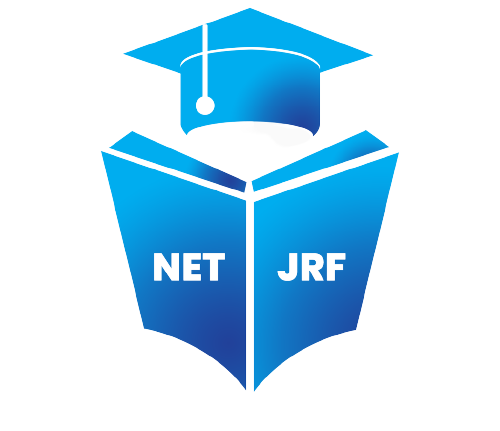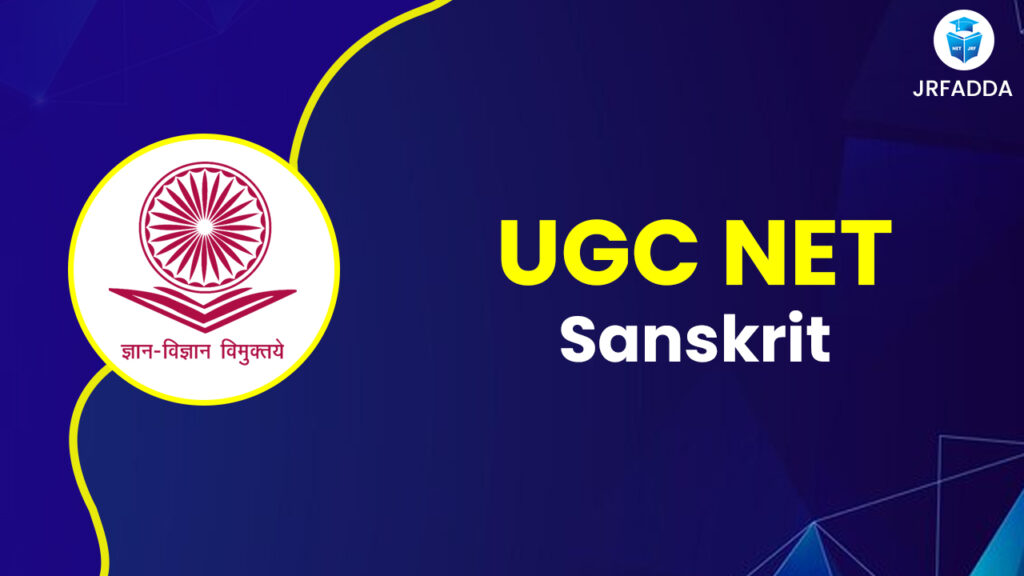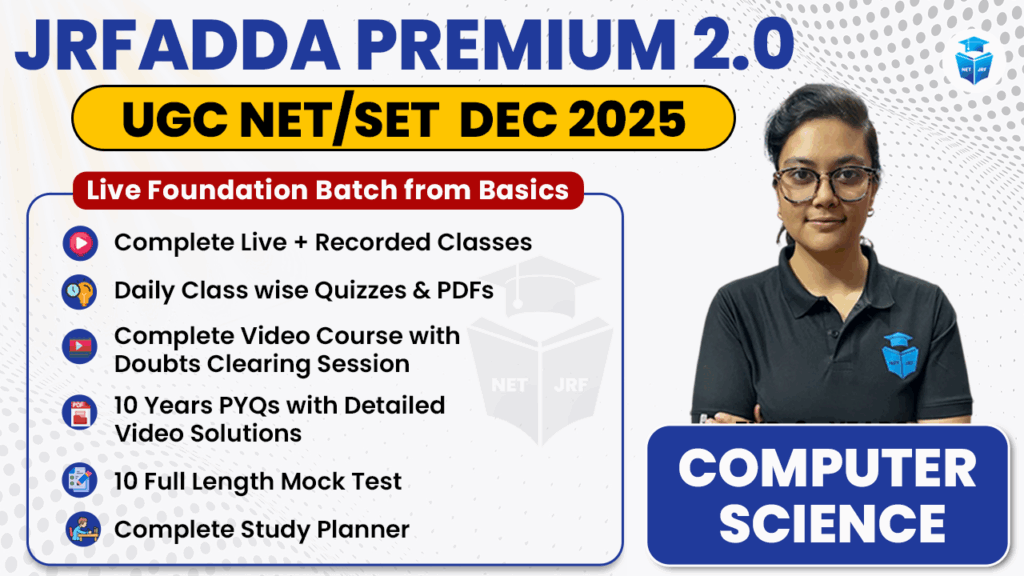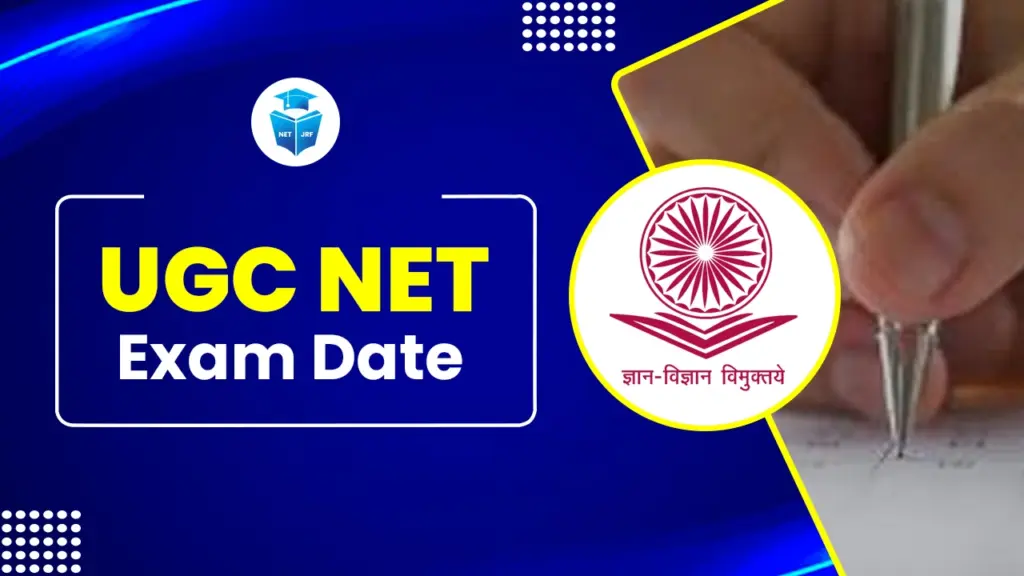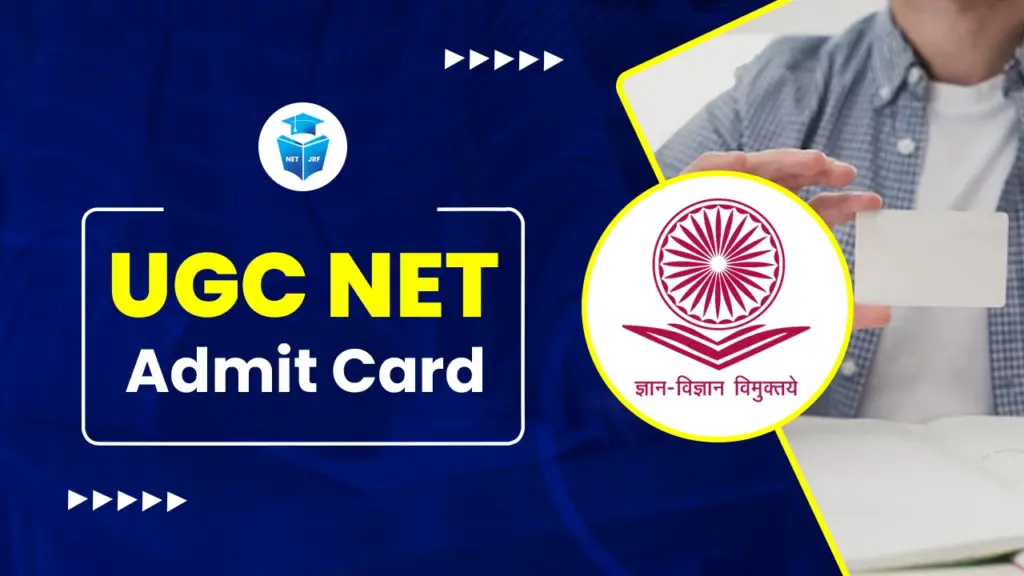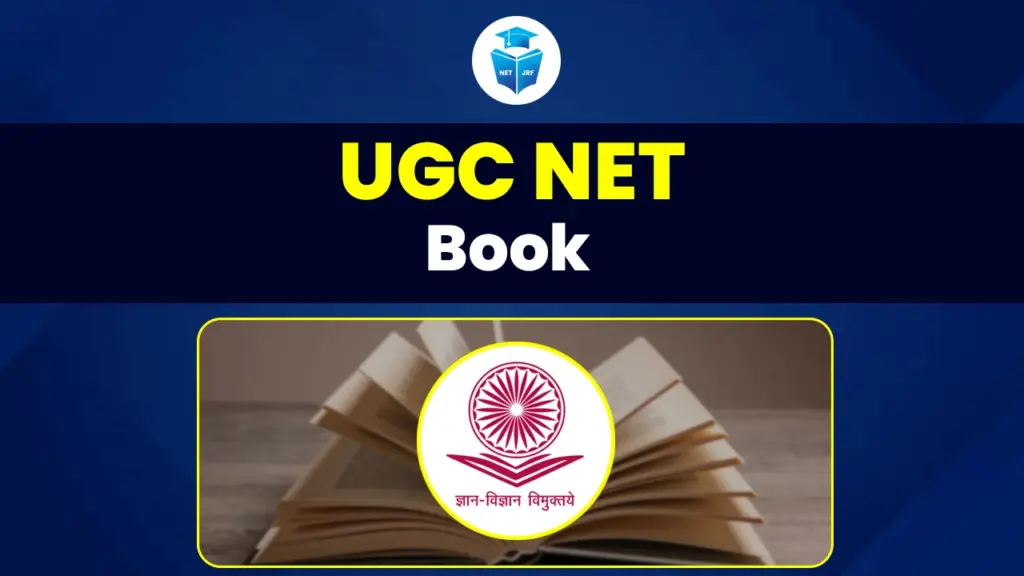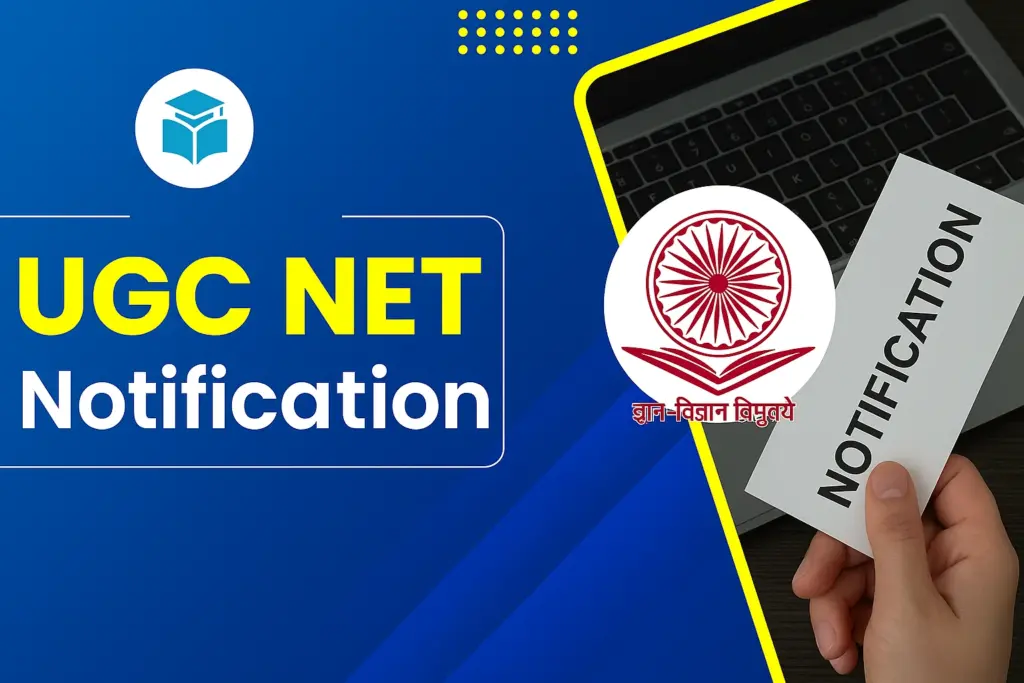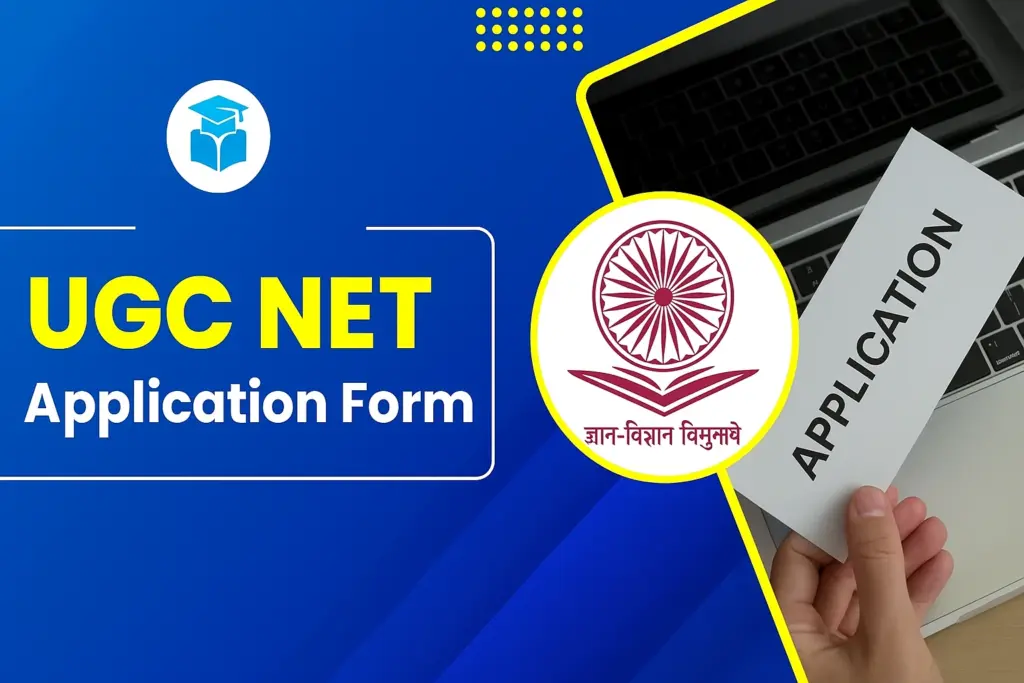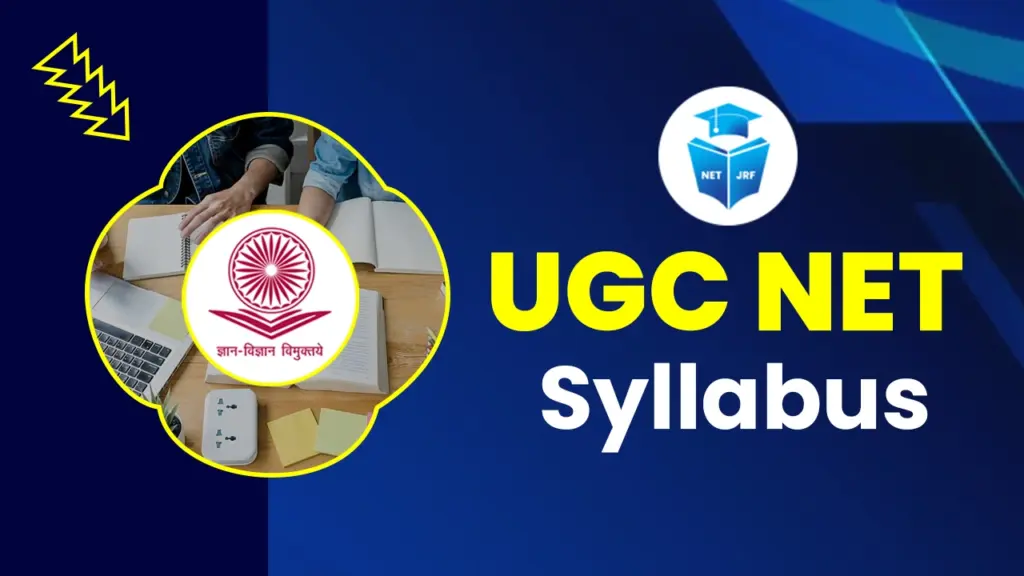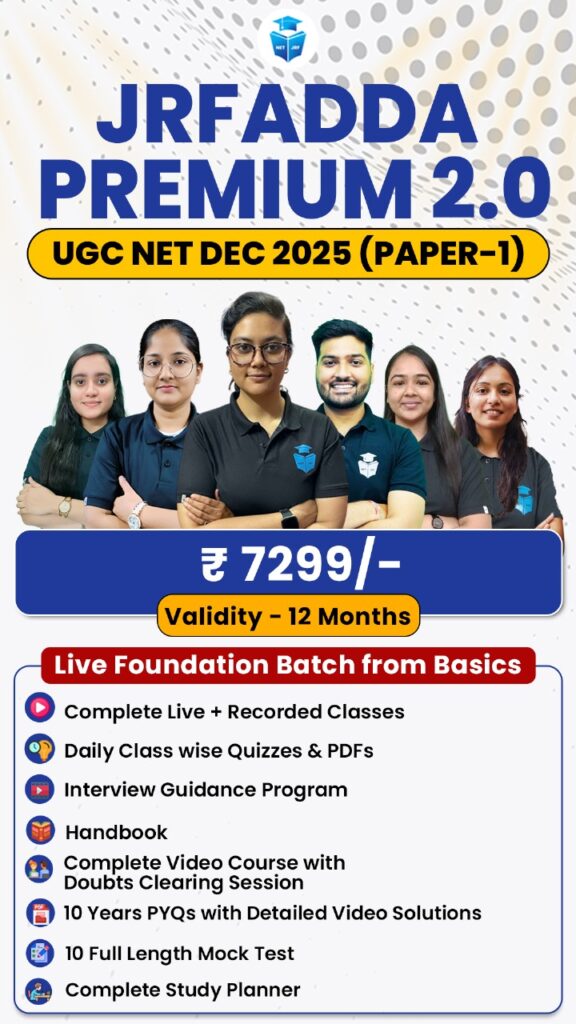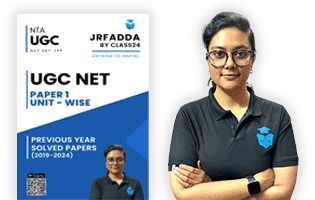The UGC NET Sanskrit 2025 notification is now live on the official website. This exam is a great opportunity for students who want to become Assistant Professors or Junior Research Fellows (JRF) in the field of Sanskrit. This exam is conducted by the National Testing Agency (NTA) and helps you get into teaching and research jobs in Indian universities and colleges.
In this article, we’ll explain you everything to know about UGC NET Sanskrit 2025, including the latest UGC NET Sanskrit 2025 syllabus, eligibility, exam pattern, PDF download links, preparation tips, and job opportunities.
UGC NET Sanskrit 2025 Overview
The UGC NET Sanskrit 2025 is conducted by the National Testing Agency (NTA) to determine eligibility for Assistant Professor and/or Junior Research Fellowship (JRF) in Sanskrit. The exam is conducted in an online Computer-Based Test (CBT) format and includes two papers: Paper I and Paper II. Paper I is planed to assess the candidate’s general teaching and research aptitude, covering areas such as reasoning ability, comprehension, divergent thinking, and general awareness. Paper II is subject-specific and focuses entirely on Sanskrit, testing the candidate’s in-depth knowledge and expertise in the subject.
| Particulars | Details |
| Exam Name | UGC NET Sanskrit 2025 |
| Conducting Authority | National Testing Agency (NTA) |
| Subject | Sanskrit |
| Mode of Exam | Online (CBT) |
| Number of Papers | Paper I (General), Paper II (Sanskrit) |
| Total Questions | 150 (Paper I – 50, Paper II – 100) |
| Total Marks | 300 (Paper I – 100, Paper II – 200) |
| Time Duration | 3 Hours |
| Medium | Hindi & English |
What is UGC NET Sanskrit 2025?
This UGC NET Sanskrit 2025 is a national-level eligibility test conducted by the National Testing Agency (NTA) for candidates aiming to become Assistant Professors or qualify for Junior Research Fellowship (JRF) in the subject of Sanskrit at Indian universities and colleges.
UGC NET Sanskrit 2025 Exam Analysis
The UGC NET Sanskrit 2025 exam was conducted smoothly by the National Testing Agency (NTA) in the Computer-Based Test (CBT) mode. This year’s exam saw a balanced distribution of questions across both Paper I and Paper II, maintaining the standard expected of a national-level eligibility test. Here’s a detailed analysis to help future aspirants understand the exam pattern, difficulty level, and important takeaways.
-
Paper I (General Teaching & Research Aptitude):
The difficulty level of Paper I was moderate. Questions mainly tested the candidate’s logical reasoning, comprehension, teaching aptitude, and research awareness. The majority of questions were straightforward but required careful reading and application of concepts related to research methodology and ICT in education. -
Paper II (Sanskrit Subject):
Paper II was moderate to slightly difficult for some candidates, depending on their specialization and depth of preparation. The questions were spread across Sanskrit grammar, classical literature, Vedic texts, Indian philosophy, and poetics. A few questions on advanced linguistic concepts and rare texts challenged the aspirants. However, the syllabus coverage was comprehensive and well-aligned with the official syllabus.
UGC NET Sanskrit 2025 Eligibility Criteria
To be eligible for UGC NET Sanskrit 2025 Eligibility Criteria, candidates must fulfill the following conditions:
- Educational Qualification: Master’s degree in Sanskrit or an equivalent degree with a minimum of 55% marks (50% for SC/ST/OBC/PwD).
- Age Limit:
- For JRF: Maximum 30 years (relaxation applicable).
- For Assistant Professor: No age limit.
Also Read: UGC NET Eligibility 2025
UGC NET Sanskrit 2025 Exam Pattern
The UGC NET Sanskrit 2025 Exam Pattern is conducted in an online format and consists of two papers conducted in a single session of 3 hours. Both papers include objective-type multiple-choice questions.
| Paper | Subject | Number of Questions | Marks | Duration |
| Paper I | General Aptitude (Teaching & Research Aptitude) | 50 | 100 | |
| Paper II | Sanskrit (Subject-specific) | 100 | 200 | 3 Hours (Combined) |
UGC NET Sanskrit Syllabus 2025
The UGC NET Sanskrit syllabus 2025 covers literature, grammar, philosophy, and linguistics at the postgraduate level.
Vedic Literature
- General Overview – Theories, Saṁhitā, Brāhmaṇa, Āraṇyaka, Vedāṅgas.
- Hymns Study – Selected hymns from Ṛgveda, Yajurveda, Atharvaveda.
- Upaniṣads – Īśa, Kaṭha, Kena, Bṛhadāraṇyaka, etc.
- Vedic Grammar & Nirukta – Definitions, etymology, accent types.
Indian Philosophy (Darśana)
- Overview of key schools – Nyāya, Sāṁkhya, Yoga, Vedānta, Mīmāṁsā, etc.
- Key Texts – Sāṁkhyakārikā, Vedāntasāra, Yogasūtra, Brahmasūtra, Tarkasaṁgraha.
Grammar and Linguistics
- Paninian Grammar – Sandhi, Samāsa, Subanta, Tiṅanta, Kṛdanta, etc.
- Linguistics – Phonetics, semantics, Indo-European language family.
- Texts – Mahābhāṣya (Paspaśāhnika), Vākyapadīyam (Brahmakāṇḍa).
Sanskrit Literature and Poetics
- Literary Authors – Kālidāsa, Bhāsa, Māgha, Harṣa, Bhavabhūti, Bāṇabhaṭṭa.
- Poetics – Rasa, Alaṅkāra, Dhvani, Vakrokti, Rīti, Aucitya.
- Western Poetics – Aristotle, Longinus, Croce.
Selected Texts for Study
- Poetry – Buddhacaritam, Raghuvaṁśam, Kirātārjunīyam, etc.
- Drama – Abhijñānaśākuntalam, Mṛcchakaṭikam, Svapnavāsavadattām.
- Prose – Daśakumāracaritam (Ucchvāsa VIII), etc.
Also Read: UGC NET Syllabus 2025
UGC NET Sanskrit Syllabus PDF Download
The detailed syllabus has been released officially and can be downloaded in both Hindi and English below. This syllabus outlines unit-wise topics, marking schemes, and references for effective preparation.
| UGC NET Sanskrit 2025 Syllabus PDF | |
|---|---|
| UGC NET Sanskrit 2025 Syllabus PDF | Click here |
UGC NET Sanskrit 2025 Previous Year Question Papers
UGC NET Sanskrit 2025 previous year question papers is an essential part of effective exam preparation. By solving them, candidates can enhance their speed, accuracy, and time management skills, which are crucial for success in a competitive exam like UGC NET. UGC NET Sanskrit Previous Year Papers (2020–2024) in PDF format, along with solved papers and answer keys.
| Exam Name | Year | Download PDF |
| UGC NET Sanskrit | 2024 | Download PDF |
| UGC NET Sanskrit | 2023 | Download PDF |
| UGC NET Sanskrit | 2022 | Download PDF |
| UGC NET Sanskrit | 2021 | Download PDF |
| UGC NET Sanskrit | 2000 | Download PDF |
UGC NET Sanskrit Preparation Tips 2025
Below are some preparation tips for UGC NET Sanskrit 2025 mentioned:
- Know the Syllabus: Focus on Vedic texts, Upanishads, Classical Sanskrit literature, Panini Grammar, Darshanas, and Poetics.
- Use Standard Books: Refer to texts like Ashtadhyayi, works of Kalidasa, Bhamaha, and Indian philosophies.
- Daily Study Routine: Study 2–3 hours daily; divide time between Paper 1 and Paper 2.
- Solve Previous Papers: Practice last 5–10 years’ papers to understand the pattern and improve accuracy.
- Mock Tests: Attempt full-length mocks regularly to build speed and confidence.
- Make Notes & Revise: Write short notes for key topics and revise weekly.
- Prepare for Paper 1: Cover Teaching Aptitude, Research Methods, ICT, and Reasoning.
- Stay Motivated: Stay consistent, take short breaks, and remain confident throughout your preparation.
Conclusion
The UGC NET Sanskrit 2025 exam offers a valuable gateway for aspiring scholars and educators to establish themselves in the field of Sanskrit studies. Clearing this exam not only qualifies candidates for the coveted roles of Assistant Professor and Junior Research Fellow (JRF) but also lays the foundation for a rewarding career in academia and research. With a thorough understanding of the syllabus, consistent preparation, and the right strategy, candidates can confidently face this competitive exam and unlock numerous opportunities to contribute to the preservation and advancement of Sanskrit language and literature. Embrace this challenge as a chance to deepen your knowledge and play a vital role in nurturing the rich heritage of Sanskrit in India’s educational landscape.
UGC NET Sanskrit 2025 FAQs
What is UGC NET Sanskrit 2025 and who conducts it?
UGC NET Sanskrit 2025 is a national-level examination conducted by the National Testing Agency (NTA) to determine eligibility for Assistant Professor and Junior Research Fellowship (JRF) in the subject of Sanskrit. It helps candidates pursue academic and research careers in Indian universities and colleges.
What is the eligibility criteria for UGC NET Sanskrit 2025?
As per the UGC NET Sanskrit 2025 Eligibility Criteria, candidates must have a Master’s degree in Sanskrit or an equivalent subject with at least 55% marks (50% for SC/ST/OBC/PwD). For JRF, the upper age limit is 30 years, while there is no age limit for Assistant Professor eligibility.
What is the exam pattern of UGC NET Sanskrit 2025?
The UGC NET Sanskrit 2025 Exam Pattern includes two papers conducted in a single 3-hour session.
- Paper I: 50 questions (100 marks) – General Teaching & Research Aptitude
- Paper II: 100 questions (200 marks) – Subject-specific (Sanskrit)
Both papers consist of objective-type MCQs with no negative marking.
How can I download the UGC NET Sanskrit 2025 Syllabus PDF?
The official UGC NET Sanskrit 2025 syllabus PDF is available in both Hindi and English on the NTA website. You can also download it from trusted education portals that provide unit-wise topic coverage for effective preparation.
Why should I appear for the UGC NET Sanskrit 2025 exam?
Qualifying UGC NET Sanskrit 2025 offers multiple benefits, such as eligibility for Assistant Professor roles, applying for a Junior Research Fellowship (JRF), and gaining a gateway to Ph.D. programs, academic research, and a stable teaching career in Sanskrit.
